The parks were purposely created to be very wide - in fact, farther than a rifle could shoot in those days. However, cannon could easily reach the opposite side, thus making the defense of the city (and thereby the new colony) that much easier for the settlers. It also made for a very pleasant "feel" within the city. This first pictures, however, are of the central Victoria Square.


Typical early Adelaide architecture. Note any similarities to U.S. ante bellum architecture?

The Haigh Chocolate Factory - is just a few blocks up from where I stayed. They did not allow pictures of the actual factory itself, so this is the lobby shop and our enthusiastic (about chocolate) guide.

The founder was trained by the Lindt family in Switzerland, and the chocolate is some of the best in the world. They do not export their wares, and it's quite expensive to have it shipped to the USA, so ... I just ate enough for everyone I know.
Overviews of Adelaide:


The second overview was taken from Mt. Lofty (727 m or just over 2385 feet above sea level) (http://en.wikipedia.org/wiki/Mount_Lofty_Ranges). This is why the fellow from Adelaide got altitude sickness on the Kili climb, he thought. This was the highest point on earth he had ever been before the climb. The day we visited was cloudy, windy and cold (60 degrees at best). This was the best shot of the city I could get from that vantage point.
The western suburb of Adelaide is the seaside resort community of Glenelg. Note the palm trees. It has amazed me how prevalent they are in a part of the world that faces Antarctica.


Norfolk Island pines grow quite large, here. This picture is a bit overexposed.

Speaking of Antarctica, if you swim long enough from this beech, you'll reach it. This is the Great Southern Ocean to the Aussies.

And along the Great Southern Ocean are the famous 12 Apostles. There are now only 7, and were as many as 15 at one time. They were originally named "The Sow and Piglets," but that was changed to attract more tourists. They're in the right middle of this picture. This is the fastest eroding coastline in Australia, and these structures will not last very much longer.


Along The Great Ocean Road.


You'd think a driver would have seen this sign long before now, but they were along the Great Ocean Road, and not anywhere else that we could see!

Melbourne:
"Melbourne (pronounced /ˈmel.bən/) is the second most populous city in Australia, with a metropolitan area population of approximately 3.74 million (2006 estimate).[1] Located around Port Phillip Bay in the country's south-east, Melbourne is the state capital of Victoria.
Melbourne is a major centre of commerce, industry and cultural activity. The city is often referred to as Australia's "sporting and cultural capital" [2] and it is home to many of the nation's most significant cultural and sporting events and institutions. It has been recognised as a global city by the Loughborough University group's 1999 inventory.[3] Melbourne is notable for its mix of Victorian and contemporary architecture, its extensive tram network and Victorian parks and gardens, and its diverse, multicultural society. It was the host city of the 1956 Summer Olympics and the 2006 Commonwealth Games.
Melbourne was founded by free settlers in 1835, 47 years after the first European settlement of Australia, as a small pastoral settlement situated around the Yarra River.[4] Transformed rapidly into a major metropolis by the Victorian gold rush in the 1850s, "Marvellous Melbourne" became Australia's largest and most important city by 1865,[5] but was overtaken by Sydney as the largest city in Australia during the early 20th century. [6]
Melbourne served as the capital city of Australia from the time of the new nation's Federation in 1901, until Federal Parliament moved to the new, purpose-built capital, Canberra, in 1927.[7]"
(http://en.wikipedia.org/wiki/Melbourne)


The Eastern Grey Kangaroo (The Reds are almost exclusively on Kangaroo Island.)

The Emu.

Big bird, big poo. (What is it with you, Roger???)

I have a very nice video clip of a koala, but I haven't been able to get a clip to upload to this blog yet. Maybe I'll have more luck when the data isn't traveling thousands of miles to the server.


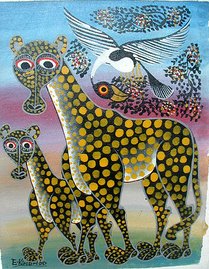
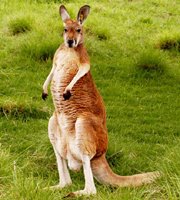
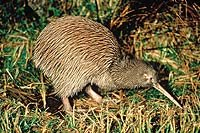















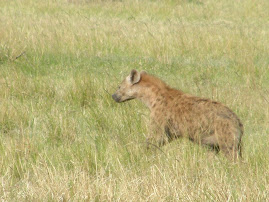
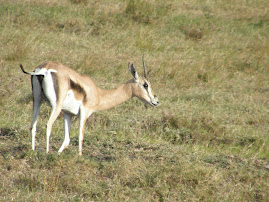
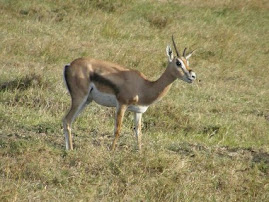





No comments:
Post a Comment